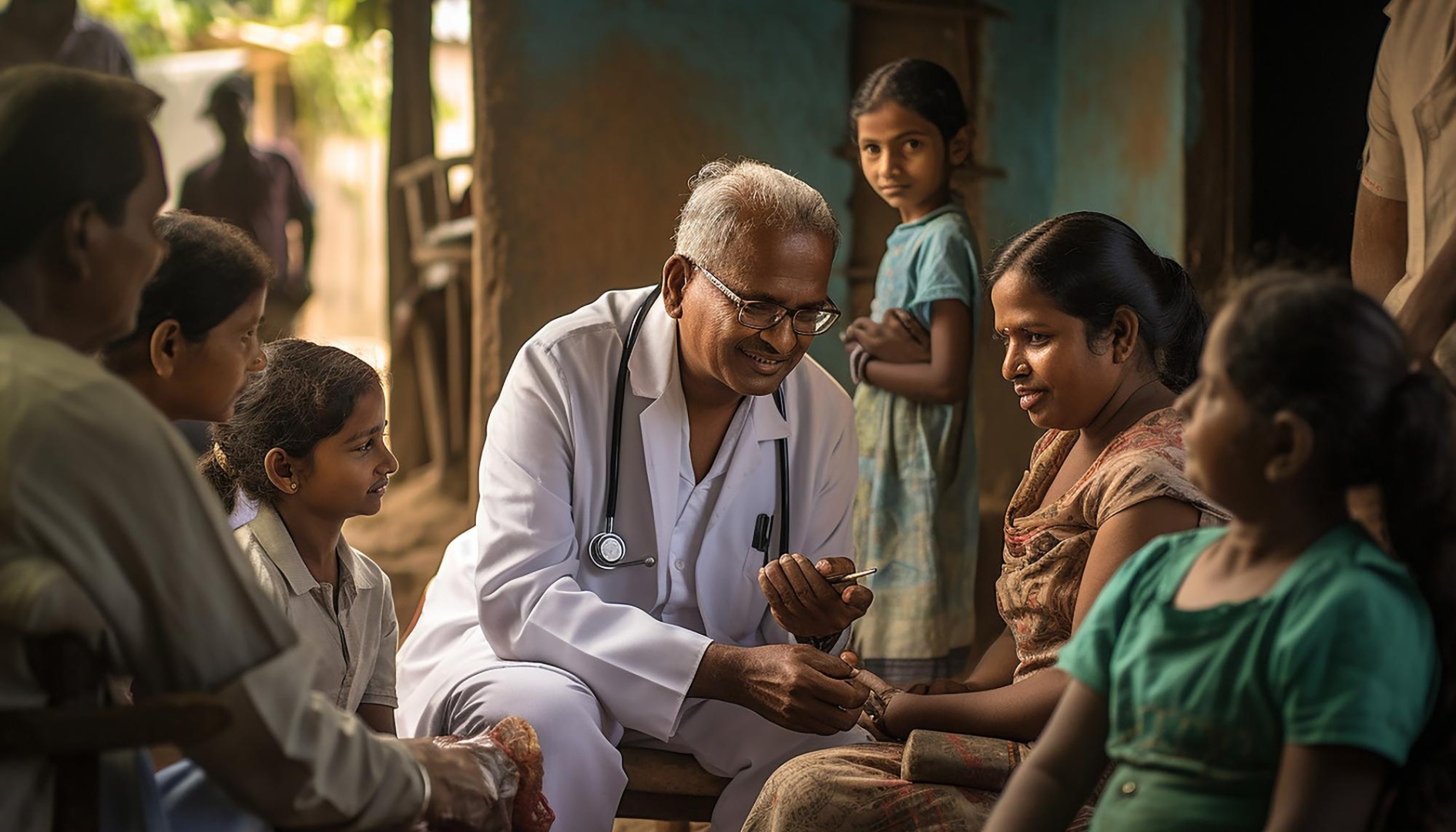In the vast and diverse landscape of India, where 75% of the population resides in rural and remote areas, access to quality healthcare remains a significant challenge. Despite strides in technology and development, many individuals and families continue to grapple with inadequate healthcare infrastructure, limited medical facilities, and a scarcity of healthcare professionals. The repercussions of these deficiencies are stark, with a notable proportion of maternal deaths, infant mortalities, and preventable diseases plaguing communities year after year.
The harsh reality is that for many in rural India, reaching a healthcare facility is a journey fraught with obstacles. Often, individuals must traverse long distances, sometimes walking several kilometers, to access even the most basic healthcare services. The ordeal is compounded by the lack of reliable transportation options, further hindering timely medical interventions. Consequently, ailments that could be easily treated with prompt medical attention often escalate into life-threatening emergencies due to delayed access to care.
Adding to the healthcare burden is the financial strain incurred by families. With limited or no health insurance coverage, individuals are left to bear the brunt of medical expenses out of pocket. Middle-class families, in particular, find themselves in a precarious position, as they neither qualify for government healthcare schemes meant for the economically disadvantaged nor possess the financial resources to afford costly treatments.
Amidst these challenges, the emergence of digital health solutions offers a glimmer of hope. Leveraging technology, individuals can now connect with healthcare professionals remotely, mitigating the need for arduous travel and reducing associated expenses. Tele-consultations enable patients to seek medical advice from specialists located miles away, saving both time and money. Additionally, teleradiology services expedite the diagnostic process, ensuring swift access to critical reports in emergency situations.
Despite the potential of digital health to revolutionize rural healthcare delivery, awareness of these solutions remains alarmingly low. Many communities are unaware of the existence or benefits of telemedicine and teleradiology, perpetuating the cycle of healthcare inequity.
To address these disparities and empower rural populations with access to affordable healthcare, concerted efforts are needed. Public awareness campaigns must be undertaken to educate communities about the benefits of digital health solutions and how they can access them. Additionally, policymakers must prioritize the integration of digital health into existing healthcare systems, ensuring equitable access for all segments of society.
In conclusion, the utilization of digital health technologies presents a transformative opportunity to bridge the gap in rural healthcare delivery and alleviate the financial burden of out-of-pocket expenses. By embracing these innovations and fostering widespread awareness, India can move closer to achieving universal healthcare coverage and ensuring the well-being of all its citizens, regardless of their geographical location or socioeconomic status.
Dr.Parul Dixit
Digital Marketing Telemedicine

